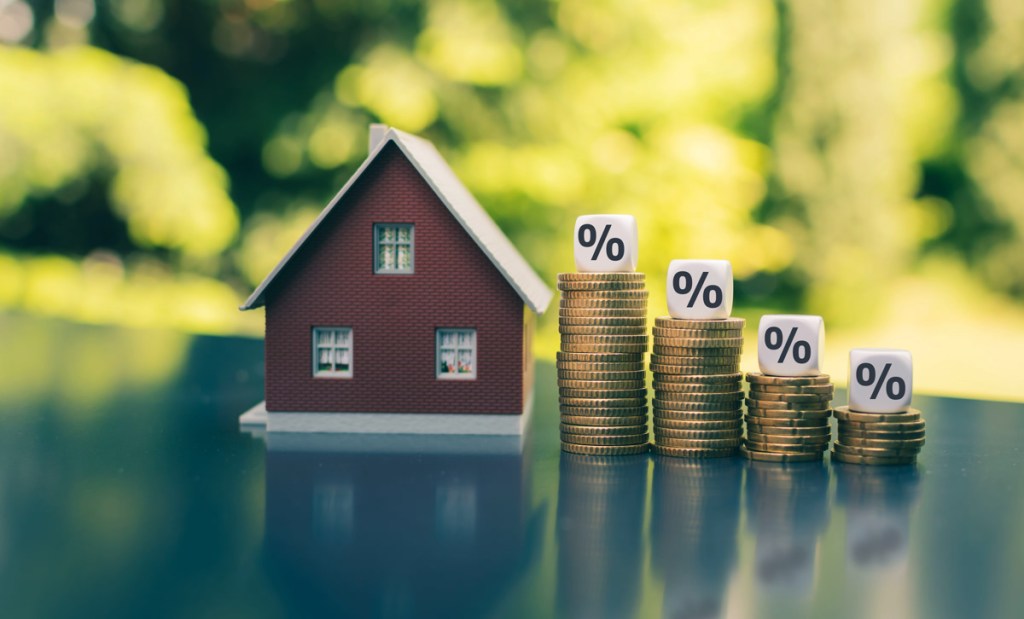The cheapest mortgage rates on record are heading lower, Fannie Mae said in a forecast on Monday.
According to Fannie Mae, the annual average rate for 2020 will be 3.2%, down from 2019’s 3.9%. This would beat the record of 3.65% set in 2016, according to Freddie Mac data. Fannie Mae expects rates to drop to 2.9% in 2021.
The mortgage-rate forecast bodes well for housing demand and for refinancing volume, said Doug Duncan, Fannie Mae’s chief economist.
“While housing took a big hit this quarter, we believe the further reduction of mortgage rates, persistently low levels of supply, and strong buyer sentiment compared to seller sentiment should continue to provide support to home prices and new construction,” Duncan said.
The low rates probably will boost refi volume to $1.78 trillion this year, according to the forecast, which would be the highest level since 2003, when it was $2.5 trillion.
“We also expect the extremely low mortgage rate environment to contribute to historically high levels of refinancing activity as household balance sheets and incomes improve,” Duncan said.
Refinancings will support the U.S. economy because lower monthly mortgage bills will put more money in the pockets of consumers. At the end of May, almost 14 million mortgage holders had a “refi incentive,” meaning a difference of at least 0.75% between their existing mortgage and current rates, according to Black Knight.
That represents savings of about $3.95 billion per month, money that likely would go into supporting the consumer spending that accounts for about 70% of the U.S. economy.
A 3.2% annual average rate in 2020 would be about one-fifth the highest rate on record: 16.63% in 1981, according to Freddie Mac data.
The rate first broke into double-digit territory in 1979 because of an inflationary cycle set in motion by President Richard Nixon strong-arming the Federal Reserve. Nixon wanted to tailor monetary policy to boost his re-election bid.
It worked – Nixon won in a landslide. But consumers got stuck with the bill as inflation surged out of control for the next decade.






